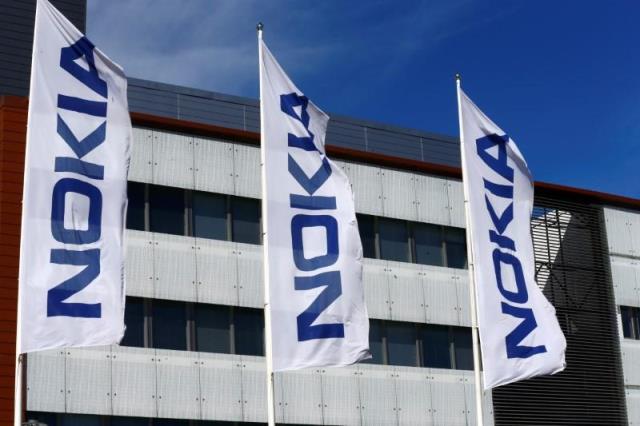Nokia India, one of the leading mobile network suppliers, has shared year-end commentary in terms of how the year has been and outlook for 2022 on different aspects.

#1 Opportunities and challenges
The advent of the pandemic had an impact on the telecom sector’s financial health, just as it had on every other sector. The growing usage of digital tools such as video conferencing, digital events, and other similar technologies led to a surge in the data traffic which was up to 20 percent higher than usual. Mobile broadband emerged as a significant facilitator for maintaining businesses during this time, while fixed internet connections in the country still remains low. The lockdown hampered the network expansion and rollout by restricting telecom equipment and workforce movement. With global issues such as the chipset shortage and supply chain disruptions, the telecom industry faced numerous challenges.
This year brought the spotlight on the need for digitalization across every segment, especially enterprises, where telecom is one of the key enablers. The increase in data traffic will provide opportunities for consumer businesses to grow and the strong need for digitalization will see industries invest more in capacity building, cloud infrastructure and data centres. In addition, digitalization will also drive investments in data and network security to protect the valuable/confidential data travelling across networks.
#2 Impact of covid-19 on the business
Covid had a huge impact on industries all around the world. In the absence of a robust digital infrastructure, the enterprise sectors (labour intensive) were not prepared to deal with the pandemic. Most organisations at the time, lacked the systems and infrastructure needed to assure the continuity of the business. The worldwide supply chain disruptions touched practically every industry segment, highlighting the importance of ensuring a secure supply chain management system in case of contingencies.
Remote education and remote classrooms became the new normal for schools, colleges, and other institutions, necessitating the need for reliable connectivity in both urban and rural settings. Remote medical consultation leveraged the use of technology to save lives. People adopted the “zero touch” approach, which resulted in most of the business transactions becoming digital and gave rise to a range of new services for the consumers.
#3 Impact of relief norms
The telecom relief package announced by the govt. aims to ease the financial situation for the telecom service providers and allow them to step up investments in their growth plans. An increased 100 per cent FDI in telecom will help bring the much-needed investment, especially for 5G and other new technology roll outs. The four-year moratorium on payment of statutory dues by telcos will help ease the financial pressure on the CSPs. DOT is expected to remove the 3 percent floor and progressively the SUC (Spectrum usage charge) charges which will continue to come down, effectively becoming zero in the long run as operators keep on buying more spectrum. It is important that the Government continues to engage with the key stake holders such as the CSPs, telecom infrastructure providers, etc. The auction for 5G spectrum at affordable pricing and the release of E and V band for microwave will enable faster adoption of the technology.
#4 Experience around PLI scheme
The Telecom PLI scheme, which was announced recently, would help to enhance domestic production of telecom and networking products by incentivizing incremental investments and creating employment. This initiative will also encourage domestic research and development of new products. Nokia already has a large manufacturing base for radio in Chennai and we can continue to feed the global market through the local factory and benefit from the incentives under the scheme. It is usually advantageous to have local manufacturing bases that can help decrease component import costs. We intend to grow our manufacturing bases in India with more projects like these. Also, we believe cutting import duties on components in conjunction with the PLI scheme will benefit manufacturing in the country in the long run.
#5 Outlook and expectations
With the restrictions lifted, the overall outlook of the industry looks positive. Despite all the restrictions and supply chain issues, Nokia was able to roll out over 55,000 sites till May end, which includes both new sites and expansion and we intend to continue the pace in the next year to come. Now, the CSPs are transforming and exploring new business models with a strong focus on digitalization. The subsequent launch of the 5G network after the completion of the trials next year will give a major boost to the telecom industry and lead to a wide range of new services and use-cases that will further help the CSPs to improve their revenues. The relief package, mentioned earlier, was a very welcome step by the government to improve the financial health of the sector and with active support from the government, we are hopeful that we will emerge stronger than the previous years and become a global hub for the companies to invest in India.





